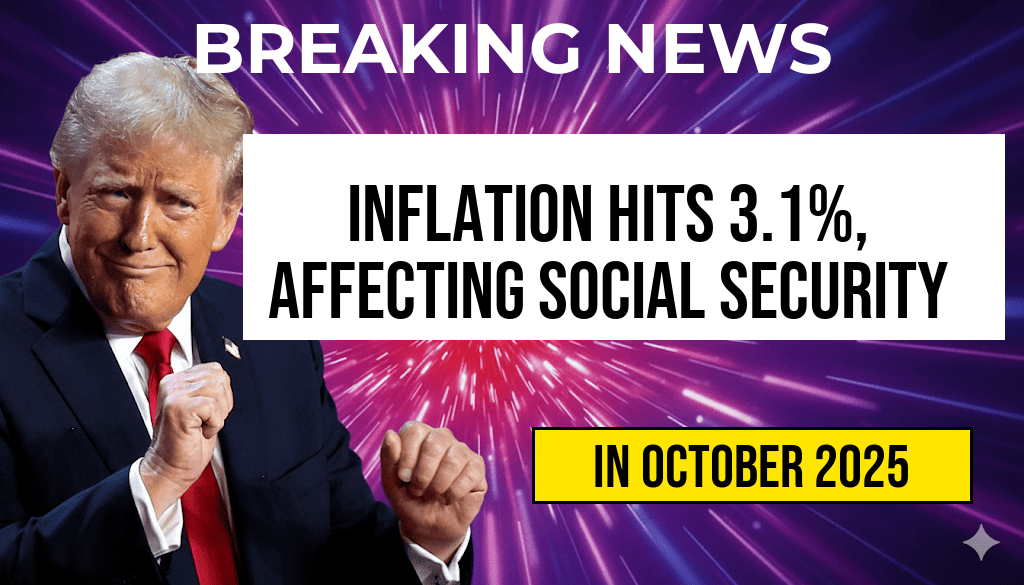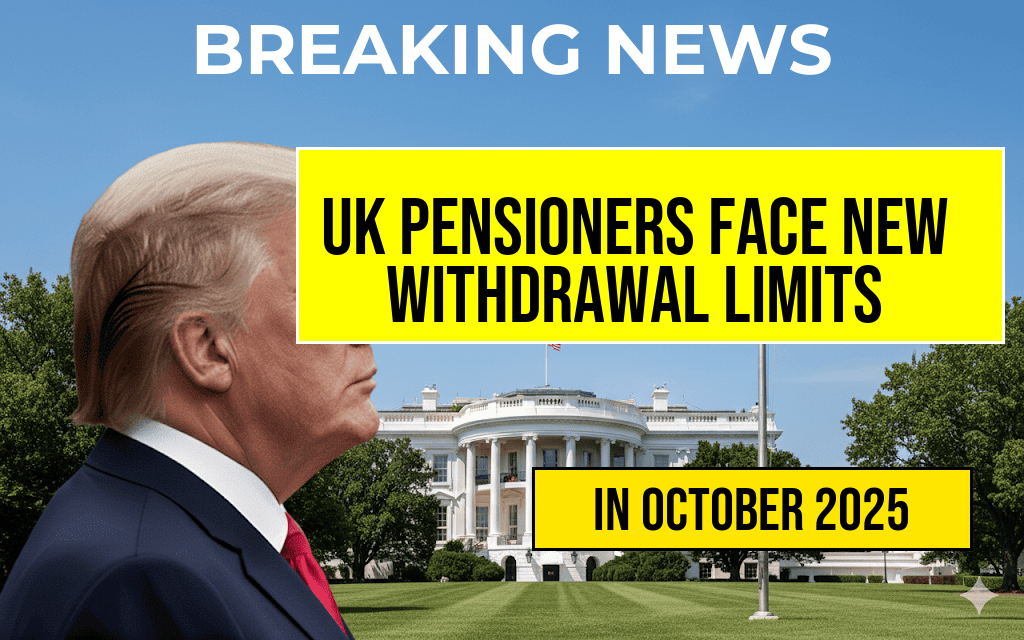Former President Donald Trump has recently proposed a significant shift in retirement investment strategies by advocating for new regulations that would allow workers to allocate a portion of their 401(k) plans into high-risk cryptocurrencies. This initiative aims to provide individuals with greater flexibility in managing their retirement savings while potentially capitalizing on the lucrative, yet volatile, cryptocurrency market. Trump’s proposal has sparked discussions among financial experts, policymakers, and the general public, raising questions about the implications for retirement security and investor protection.
Understanding the Proposal
The proposed regulation seeks to amend existing 401(k) guidelines to permit the inclusion of cryptocurrencies as investment options. Under the current framework, 401(k) plans are largely limited to traditional investments such as stocks, bonds, and mutual funds. Trump argues that by allowing access to cryptocurrencies, workers can diversify their portfolios and potentially earn higher returns in an ever-evolving financial landscape.
Potential Benefits of Cryptocurrency in Retirement Plans
- Diversification: Including cryptocurrencies in retirement portfolios may help to reduce risk through diversification, as these digital assets often exhibit different performance patterns compared to traditional investments.
- High Return Potential: Proponents claim that cryptocurrencies have the potential for higher returns compared to conventional investment vehicles, especially given their dramatic price increases over the last decade.
- Financial Literacy: The integration of cryptocurrencies into retirement plans could encourage workers to educate themselves about digital assets and enhance their overall financial literacy.
Concerns and Risks
Despite the potential benefits, financial analysts caution that investing in cryptocurrencies carries significant risks. The market is known for its volatility, with prices fluctuating dramatically in short periods. This unpredictability could jeopardize the retirement savings of individuals who may not fully understand the associated risks. Some of the primary concerns include:
- Market Volatility: Cryptocurrency prices can swing wildly, leading to potential losses that could severely impact retirement savings.
- Regulatory Uncertainty: The cryptocurrency market is still evolving, with regulations varying widely by jurisdiction. This uncertainty can create risks for investors.
- Lack of Consumer Protections: Unlike traditional investment vehicles, cryptocurrencies lack robust consumer protections, which could leave investors vulnerable to fraud and market manipulation.
Expert Opinions
Financial experts are divided on the feasibility of Trump’s proposal. Some view it as a forward-thinking approach that aligns with the increasing acceptance of digital currencies in mainstream finance. Others, however, express skepticism regarding its practicality and potential consequences for investors. According to Forbes, many financial advisors recommend caution when considering cryptocurrencies for retirement savings.
Public Reaction
The proposal has garnered a mixed response from the public and industry stakeholders. Supporters argue that it represents a necessary evolution in retirement planning, while critics warn that it may lead to more financial insecurity for workers. As discussions continue, many are calling for a balanced approach that includes sufficient regulatory safeguards to protect investors.
Next Steps for Policy Makers
As Trump’s proposal gains traction, policymakers will need to consider how best to implement such changes while ensuring investor protection and market stability. Key considerations may include:
- Assessing the regulatory framework surrounding cryptocurrencies to establish clear guidelines for their inclusion in retirement plans.
- Developing educational programs for workers to enhance their understanding of cryptocurrency investments and associated risks.
- Consulting with financial experts and stakeholders to gauge the potential impact on retirement security.
Conclusion
The debate surrounding Trump’s proposal to allow cryptocurrency investments in 401(k) plans is just beginning. As the financial landscape evolves, so too must the regulations that govern it. Whether this initiative will lead to a more diversified and lucrative retirement strategy or result in greater risks for American workers remains to be seen. For now, the focus will shift to discussions among regulators, financial experts, and the public as they navigate the complexities of integrating digital assets into retirement planning.
Frequently Asked Questions
What is Trump’s proposal regarding 401(k) regulations?
Trump advocates for new 401(k) regulations that would allow workers to invest in high-risk cryptocurrency options as part of their retirement plans.
Why is investing in cryptocurrency considered high-risk?
Cryptocurrency is often deemed high-risk due to its volatility, regulatory uncertainties, and the potential for significant financial loss, making it a speculative investment for retirement savings.
How could this new regulation impact workers’ retirement savings?
If implemented, the new regulation could provide workers with more diverse investment opportunities, but it may also expose their retirement savings to greater risks associated with cryptocurrency fluctuations.
What are the potential benefits of including cryptocurrency in 401(k) plans?
Including cryptocurrency in 401(k) plans could allow workers to capitalize on potential growth in the digital asset market, potentially enhancing their overall retirement portfolio.
Are there any concerns associated with Trump’s cryptocurrency proposal?
Yes, there are concerns regarding the volatility of cryptocurrency and the adequacy of investor education, which could lead to uninformed decisions that jeopardize workers’ retirement funds.












